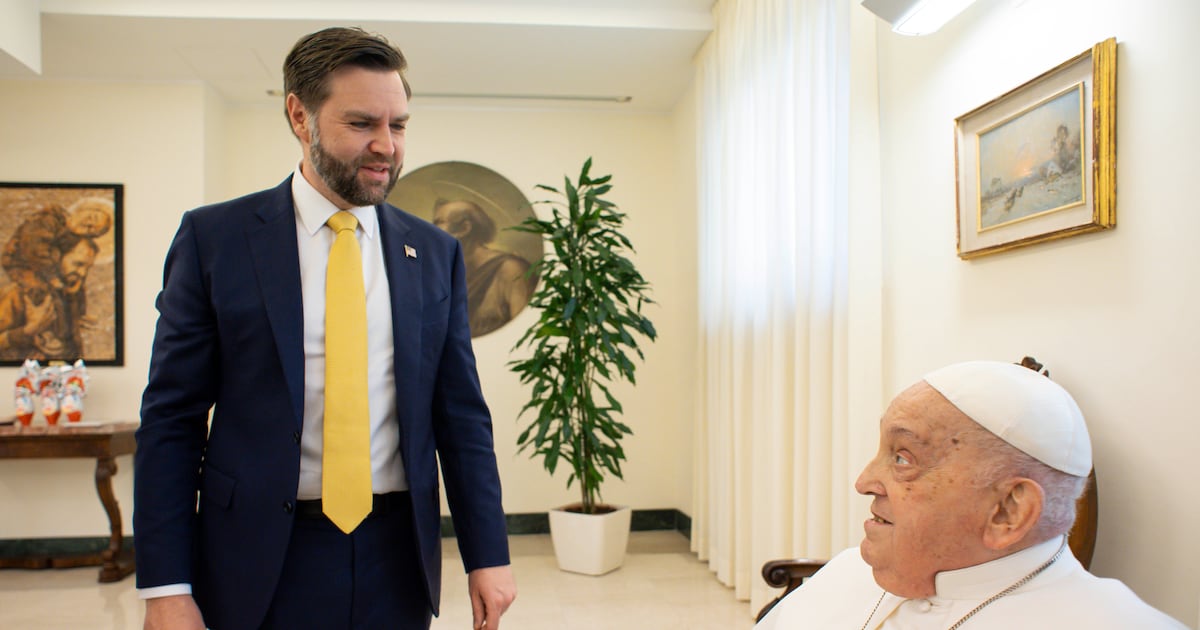To most Americans, living in an ecofriendly smart house seems like a far-fetched, expensive idea. Building homes that use less energy tends to add significant costs. Ironically, many of the homes that offer the advantages of low operating costs are affordable only for the 1 percent.

That’s changing, slowly. And this week, two Utah-based companies, Garbett Homes and Vivint, introduced what they say is an affordable, scalable, completely sustainable living space. With the Zero House, which starts at about $350,000, they are introducing an energy-independent smart house that, while far from cheap, may be affordable.
The Zero House is modeled after the “passive house” or “net zero” style of home construction, which is nothing new on the architectural scene. Using tight insulation, renewable energy sources, and strategic design, these houses can keep carbon impact to a minimum while virtually eliminating utility bills. Even in climates with cold winters and warm summers, they require little in the way of heating and cooling. The first passive structures were created in Germany in 1990, and have since taken off in Europe. The Passivhaus Institut estimates there are now over 25,000 net-zero homes and buildings on the continent, where ample government subsidies have offset the impact of increased building costs. In the United States, however, the higher costs associated with turning homes into airtight, power-generating envelopes have turned people off. Only 13 American passive homes have been built since 2003.
By offering a noncustom and replicable model, Garbett and Vivint are hoping to change this trend and bring the passive house to the masses. Garbett, a production homebuilder in Salt Lake City that specializes in highly sustainable residences, handled the physical framing and building of the Zero House. According to Rene Oehlerking, marketing director for Garbett, the company has twin motivations. “We care about utility costs; our driver on that side is to try and get the utility cost down to zero,” he said. “And we believe what we are doing is alleviating our dependence on fossil fuels.” Thus far, says Oehlerking, the company has been successful: people in Garbett homes are “getting power bills as low as $5 a month.”

The Zero House is similarly efficient, only more so. Using spray foam and blow-in insulation, Garbett ensures that moisture and airflows in and out of the house are tightly controlled. That enables the homes to eliminate much of the need for heating and cooling. Combined with low-flow faucets and low-maintenance building materials, this system creates a virtually waste-free environment for heating and cooling.
Equally important to the Zero House’s energy independence were the technological contributions of Provo-based Vivint—the largest home-automation services provider in the U.S. By installing photovoltaic solar systems on the roof, Vivint can ensure that all electrical needs—for heating water, lighting, or watching television—are comfortably met. Smart thermostats and touch-screen panels monitor in real time the Zero House’s consumption, allowing residents to be even more conscious of energy usage.
So how much does all this sustainability and energy-saving cost? At $350,000, the partners say the Zero House is priced “in line with other homes in the area, based on price per square foot,” according to the two companies’ July press release. For comparison’s sake, the median price of a newly constructed home sold in the U.S. in June 2013 was about $250,000. But the idea is that homeowners get some of the upfront costs back over time through reduced energy usage. Garbett and Vivint say residents can look forward to an estimated $300 per month in utility savings. Assuming rising energy costs, those savings will only increase. “If you can get into a home where your power bill is close to zero, what’s better than that?” asks Todd Pedersen, the chief executive officer of Vivint.
Considering the EPA’s estimate that over 40 percent of carbon emissions come from residential gas and electricity usage, the possibility of producing the Zero Home on a large scale could be a major development in the fight against climate change. And as these ecofriendly alternatives for living become more affordable, and if a resurgent middle class again seeks to make long-term investments in housing, the Zero House could become the new standard for green living. Said Oehlerking, “This should become the norm, and we want to blaze that trail.”






